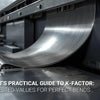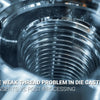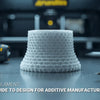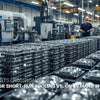CNC Cost Reduction Strategies for Kitchen Mixer Parts: Smart Design Approaches?
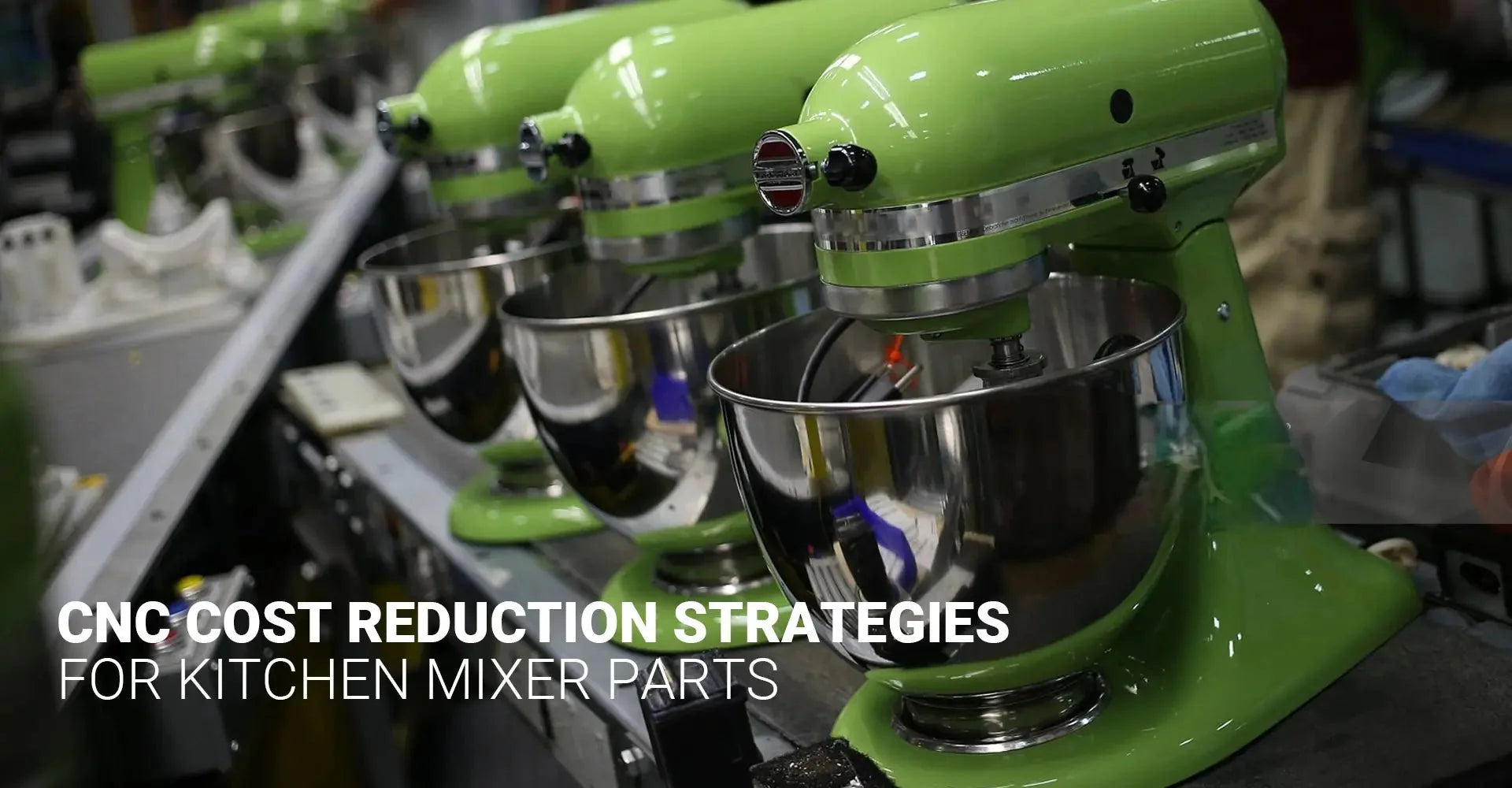
CNC Cost Reduction Strategies for Kitchen Mixer Parts: Smart Design Approaches?

Creating cost-effective kitchen mixer parts through CNC machining requires strategic planning and technical knowledge. Manufacturers face increasing pressure to deliver high-quality components while maintaining competitive pricing in today's market.
The right combination of topology optimization, intelligent toolpath planning, and material selection can reduce CNC machining costs by 25-40% for kitchen mixer components without compromising quality or performance. These techniques are particularly valuable for manufacturers producing commercial-grade kitchen appliances where durability meets price sensitivity.
Before diving into specific strategies, it's important to understand that cost reduction in CNC manufacturing happens at multiple stages - from initial design through material selection to final machining parameters. Each decision compounds to affect your bottom line.
Table of Contents
- Topology Optimization for Mixer Components: How Much Material Can You Remove?
- Which Toolpath Strategies Actually Reduce Machining Time?
- How Does Material Choice Impact Your CNC Budget and Performance?
- What Design Rules Prevent Costly CNC Manufacturing Errors?
Topology Optimization for Mixer Components: How Much Material Can You Remove?
Topology optimization for CNC manufacturing uses computational algorithms to distribute material only where structurally necessary, resulting in lightweight yet strong parts. For kitchen mixer manufacturers, this approach offers significant cost advantages.
When applied to mixer gear housings, topology optimization typically reduces raw material consumption from 2.8kg to approximately 1.8kg per unit while maintaining structural performance. This represents a 35% reduction in material costs alone.

The process works by analyzing stress distribution throughout the component during simulated operation. Software like Autodesk Fusion 360 can identify low-stress areas where material can be safely removed without compromising function. Furthermore, tests show optimized components can still withstand 90 MPa stress loads, meeting ISO 9001 durability standards required for commercial kitchen equipment.
Which Toolpath Strategies Actually Reduce Machining Time?
Intelligent toolpath planning efficiency strategies represent one of the most immediate ways to cut CNC machining costs for kitchen mixer parts. The right approach can dramatically reduce machine time and tool wear.
Advanced techniques like Adaptive Clearing have demonstrated cycle time reductions of up to 40% for complex impeller blades found in commercial mixers. Similarly, High-Efficiency Trochoidal Milling can lower tool wear costs by approximately $12 per part when machining stainless steel components.
A recent case study involving mixer blade production revealed a 22% overall cost reduction through AI-generated toolpaths in Siemens NX. These savings come from multiple factors: reduced machine runtime, extended tool life, and decreased energy consumption. Additionally, optimized toolpaths maintain consistent chip loads, producing more consistent surface finishes that require less secondary finishing operations.
How Does Material Choice Impact Your CNC Budget and Performance?
Selecting the right CNC metals and plastics for kitchen mixer components involves balancing machining costs, performance requirements, and regulatory compliance for food contact applications.
Cost-effective aluminum CNC machining offers excellent machinability at $0.85 per cubic centimeter, substantially less than stainless steel 304 at $2.90. However, material selection must consider the entire product lifecycle, not just manufacturing costs.
Hard-anodized aluminum 6061 (Type III) achieves surface roughness values below 0.5μm, meeting NSF/3-A hygiene standards required for food contact surfaces in commercial kitchens. Though initially more expensive than engineering plastics ($0.60/cm³), aluminum's superior durability often results in lower lifetime costs for high-use kitchen equipment. Additionally, aluminum's recyclability (with recovery rates exceeding 90%) supports sustainability initiatives that increasingly influence procurement decisions.
What Design Rules Prevent Costly CNC Manufacturing Errors?
Following established design for manufacturability (DFM) kitchen appliances principles helps avoid expensive mistakes and rework during CNC production of kitchen mixer parts.
Three critical rules can prevent most common manufacturing problems: maintaining minimum wall thickness of 3mm for aluminum components prevents tool deflection during machining, which often causes dimensional inaccuracies and scrapped parts.
Using standardized internal radii (≥0.5mm) reduces the need for specialized cutting tools, lowering tooling inventory costs by up to 30%. Designing dedicated fixturing lugs directly into components ensures stable workholding during 5-axis machining operations, preventing vibration issues that compromise surface finish and dimensional accuracy. Moreover, these design considerations should be implemented early in the development process when changes cost virtually nothing compared to production-stage modifications.
Conclusion
Implementing the strategies outlined above can substantially reduce CNC machining cost reduction kitchen mixer parts while maintaining or even improving quality standards.
By combining topology optimization (25-40% material savings), advanced toolpath strategies (up to 50% time reduction), strategic material selection, and DFM principles, manufacturers can typically achieve full ROI within 3 months. One notable example showed a mixer blade redesign project reaching complete return on investment in just 8 weeks through reduced scrap rates and material usage. Remember that these techniques work most effectively when applied holistically across the design and manufacturing process.
External Resources:
-
Posted in
5 Axis CNC Machining

